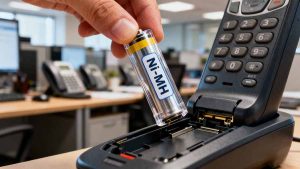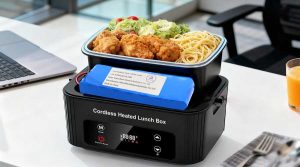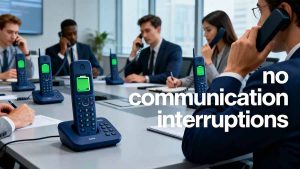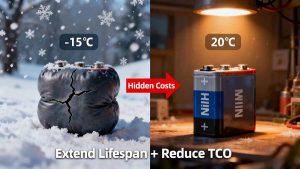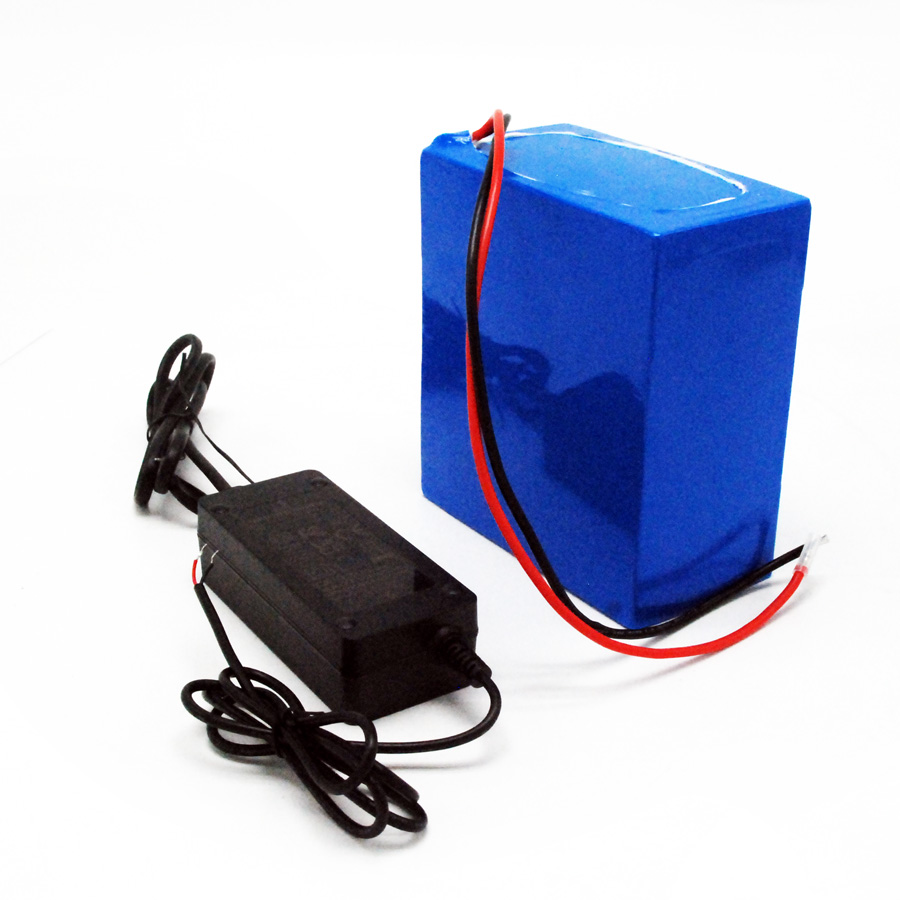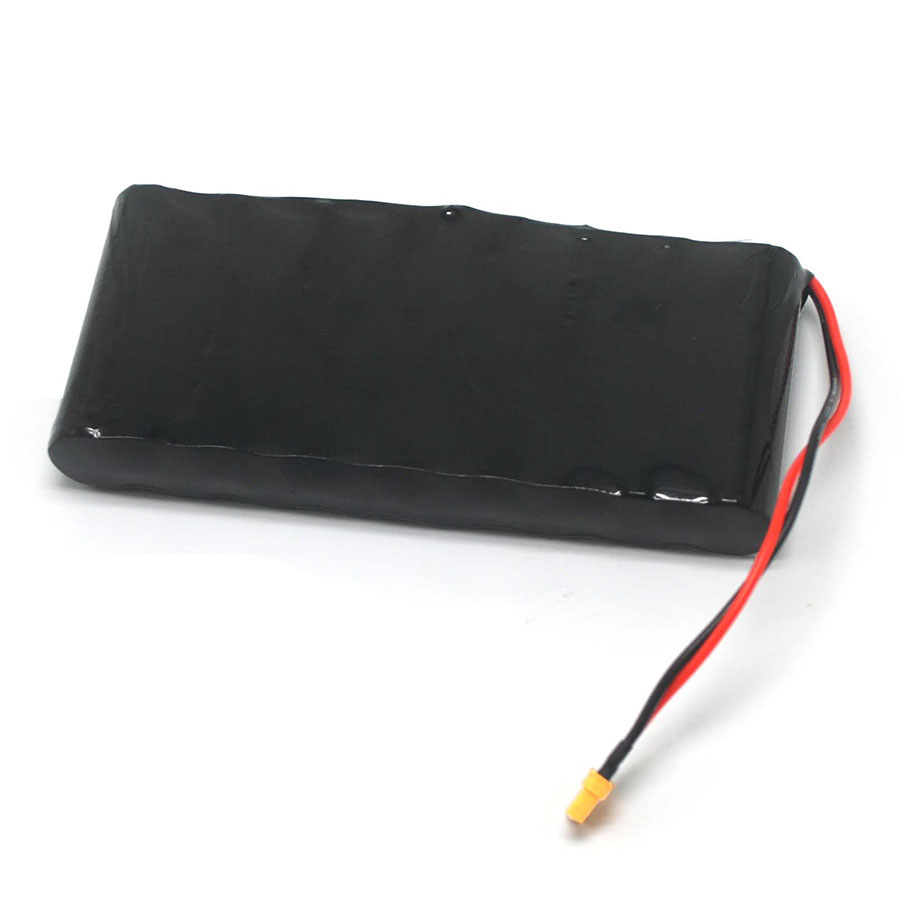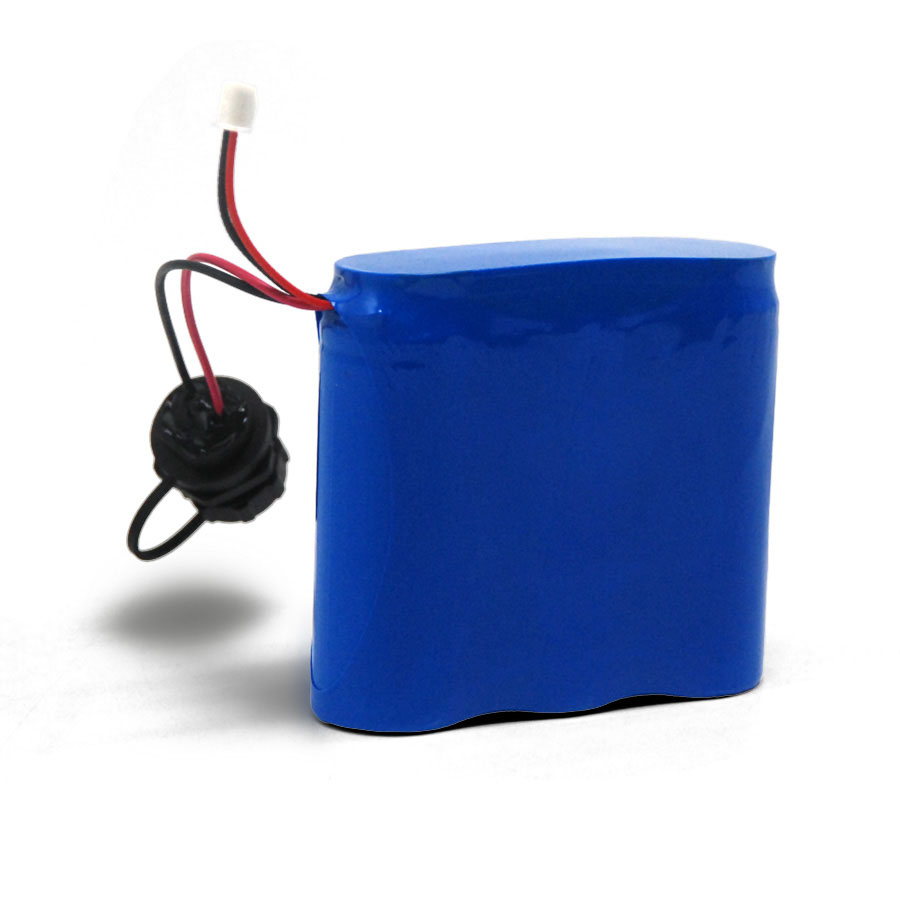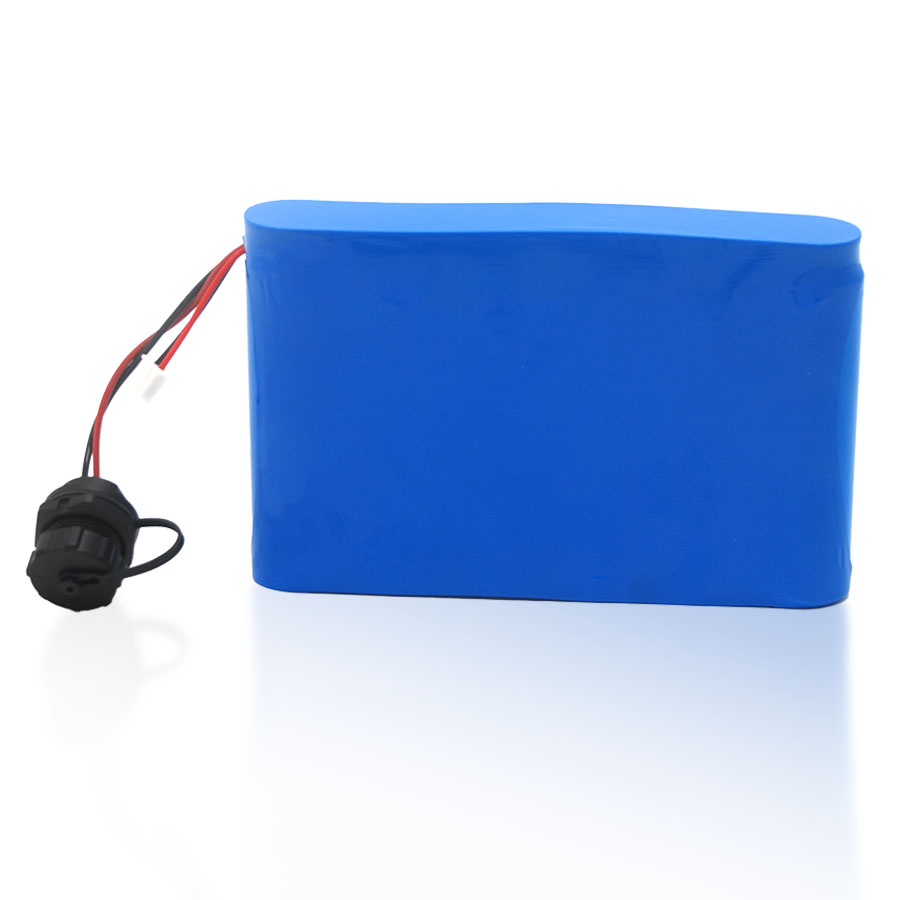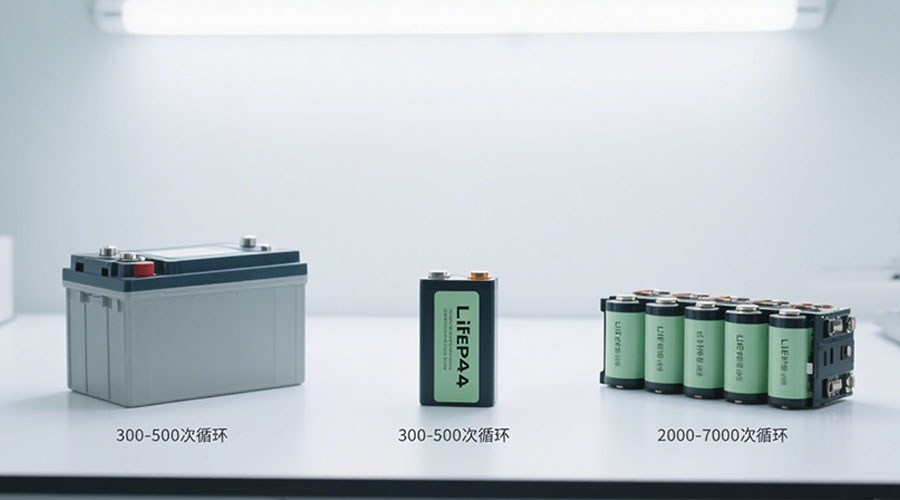
Emergency lighting is a critical safety tool—guiding people to safety during power outages, low visibility, or emergencies. For years, sealed lead-acid (SLA) and nickel-cadmium (NiCd) batteries have powered these systems. But thanks to advances in lithium technology—especially Li-ion and LiFePO₄—many OEMs and facility managers are now upgrading.
Himax Battery specializes in lithium packs engineered for emergency lighting. These offer big advantages over older battery types, from better performance to easier compliance. Let’s break down why lithium is worth considering.
1. Why Lithium Beats SLA & NiCd
Lithium batteries outperform traditional options in key areas:
- Longer lifespan: LiFePO₄ batteries last 2,000–7,000 charge cycles. That’s way more than SLA (300–500 cycles) or NiCd (500–1,000 cycles).
- Lighter weight: Lithium packs weigh up to 70% less than SLA—easier to install and handle.
- Less maintenance: No need to top up electrolytes (like SLA) or do periodic deep discharges (to avoid NiCd’s “memory effect”).
- Better efficiency: LiFePO₄ retains over 95% of its charge efficiency, with only 3–5% self-discharge per month (so it stays ready when needed).
- Greener choice: No toxic lead or cadmium. Lithium complies with RoHS standards, reducing hazardous waste.
2. How to Retrofit Safely
Swapping SLA/NiCd for lithium isn’t always “plug and play.” Here’s what to check for a safe, working upgrade:
- Match voltage and size: The lithium pack must fit your fixture’s voltage (e.g., 6V, 12V) and physical space.
- Check the charger: SLA/NiCd chargers use “float charge” designs that can overcharge lithium. Use a lithium-compatible charger or add a battery management system (BMS).
- Connector type: Common options in emergency lights include Faston, Molex, and JST—ensure the lithium pack uses the right one.
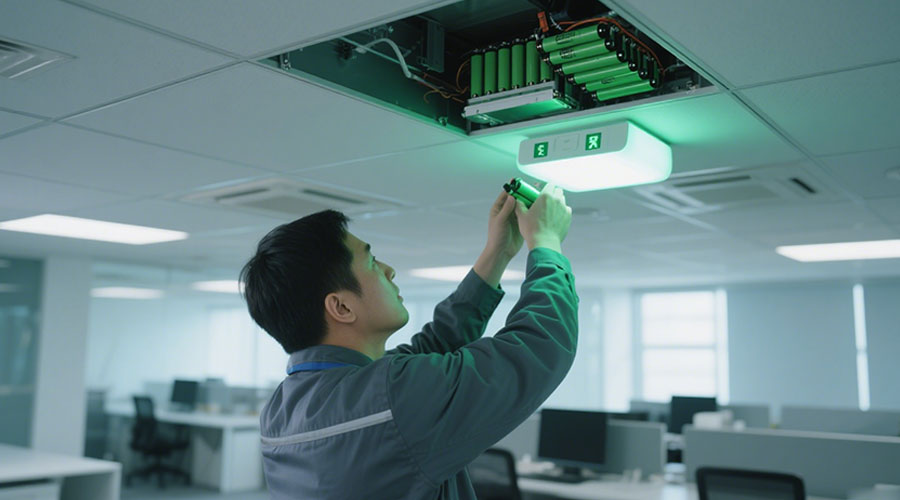
3. Safety & Compliance You Need
Lithium batteries come with regulatory requirements to keep users safe:
- UN 38.3: Tests for safe transport.
- UL 1642 / UL 2054: Battery safety standards.
- RoHS compliance: Restricts harmful substances.
- IEC 62133: Required for global market access.
4. Common Questions (Answered)
Q: Can I just replace my SLA battery with a lithium pack?
A: Only if your charger works with lithium—or if the lithium pack has a built-in BMS to prevent overcharging.
Q: Is lithium safe in ceiling-mounted lights?
A: Yes, as long as you use LiFePO₄ (a stable lithium chemistry) and ensure proper heat management.
Q: Will my lights get brighter after switching?
A: Probably not. The main benefits are consistent runtime and reliability over years, not brightness.
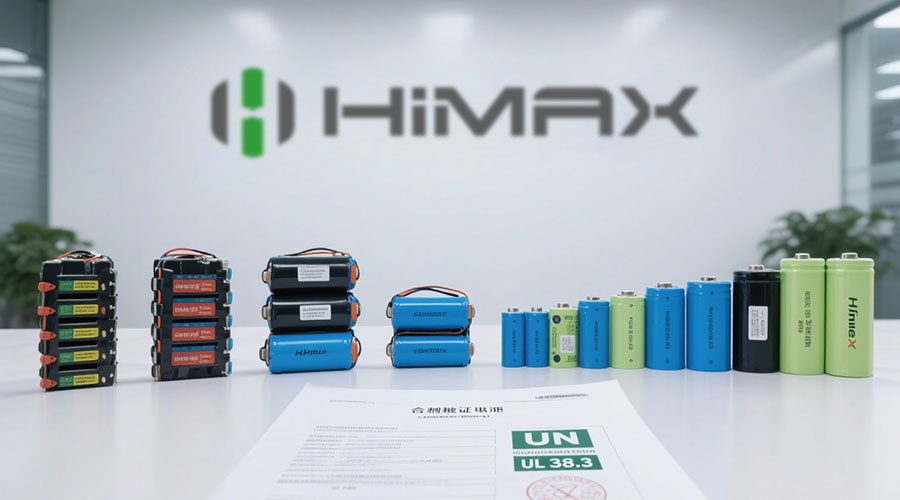
UN 38.3 Lithium Battery Transport Test Requirements
5. Himax’s Lithium Retrofit Solutions
We design lithium packs to fit your existing emergency lighting:
- Custom specs: Match your SLA/NiCd voltage (6V to 48V) and capacity.
- Built-in BMS: Protects against overcharging, over-discharging, and short circuits.
- Fits existing fixtures: Choose from popular connectors and sizes—no rewiring needed.
- Full compliance: Includes documentation for UN 38.3, UL, IEC, and RoHS.
- Bulk supply & support: We work with OEMs and facility managers, with expert help for your project.
Ready to Upgrade?
Switching emergency lighting to lithium is a smart investment: it’s more reliable, easier to maintain, and safer for the environment.
If you’re an OEM, building manager, or safety equipment distributor, Himax can create a certified lithium pack that fits your fixtures and meets all standards.
Contact our engineering team today to request a sample or discuss your needs!



